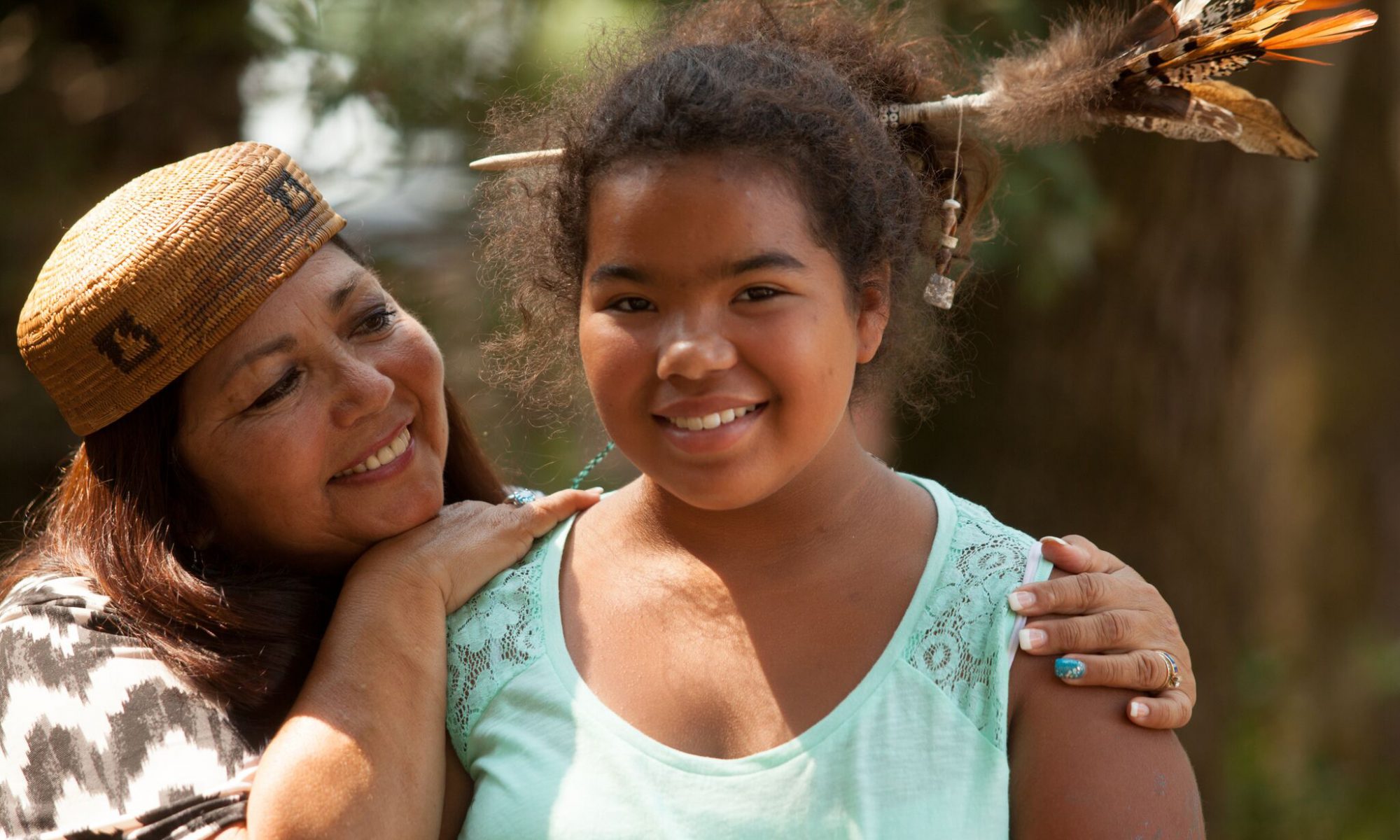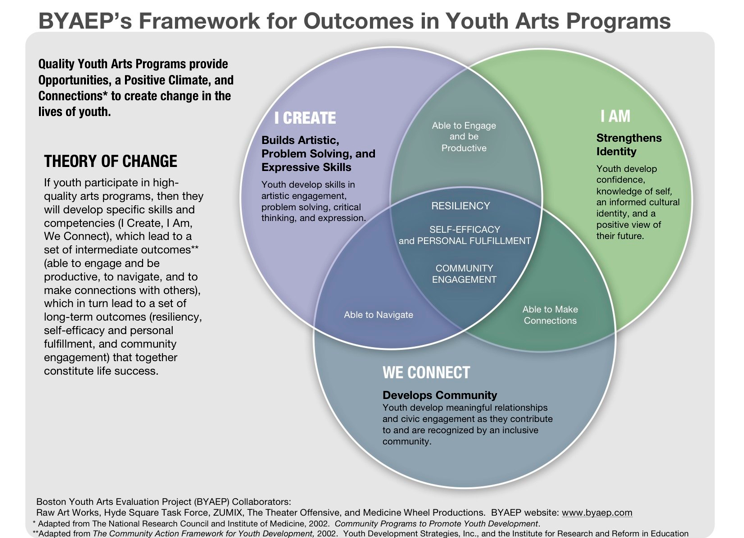I believe in the power and mystery of naming things. Language has the capacity to transform our cells, rearrange our learned patterns of behavior and redirect our thinking. I believe in naming what’s right in front of us because that is often what is most invisible. – Eve Ensler
Over the past five years, the CYD National Partnership has been invested in clearly defining who we are as a field, what we value, and how we can best articulate the many practices and outcomes associated with creative youth development. Documenting the beauty and depth of what transpires in creative youth development programs and understanding the crucial ingredients for success has been an important, yet elusive task.
As a field, we have wrestled with seeing how power and privilege is often associated with knowledge production, and we have been challenged to make this an inclusive process where youth perspectives, equity, and justice can be at the center of the work. At the same time, we know that as long as caring and skilled adult artists have mentored young people in their chosen art form, creative youth development practices have thrived in communities across the United States. Continue reading “Introducing the CREATE, CONNECT, and CATALYZE Framework”


